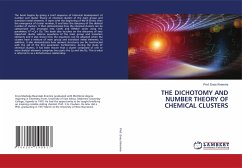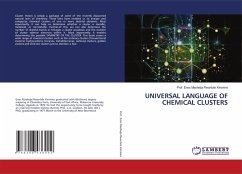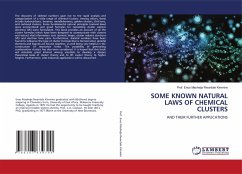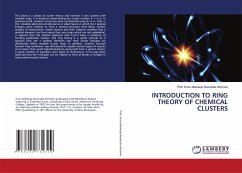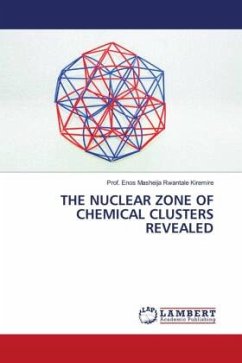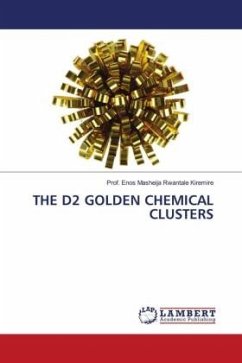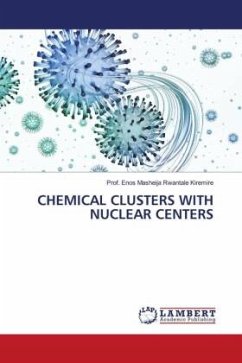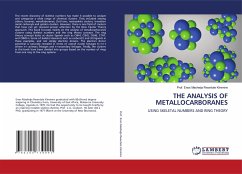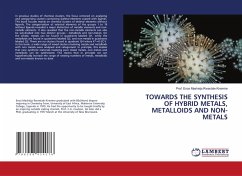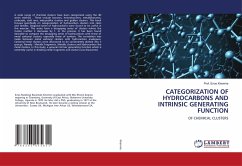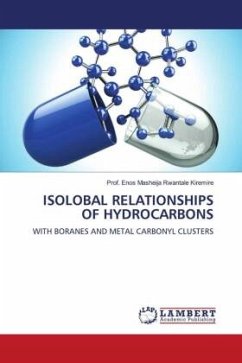
ISOLOBAL RELATIONSHIPS OF HYDROCARBONS
WITH BORANES AND METAL CARBONYL CLUSTERS
Versandkostenfrei!
Versandfertig in 6-10 Tagen
40,99 €
inkl. MwSt.

PAYBACK Punkte
20 °P sammeln!
The isolobal relationships of chemical clusters are intrinsically embedded in their cluster formulas. All the chemical cluster formulas with skeletal elements from the main group elements or transition metals can be transformed into K=n+t formula. The cluster modification table indicates that all clusters (Fn ) with the same nuclearity index (n) are interrelated via the modification parameter(t) . Their isomeric structures originate from the same parent ring (nt)=(n0) where (n) represents an n-sided figure and (0) represents the cluster without modifications. For example, (50) represents a 5-m...
The isolobal relationships of chemical clusters are intrinsically embedded in their cluster formulas. All the chemical cluster formulas with skeletal elements from the main group elements or transition metals can be transformed into K=n+t formula. The cluster modification table indicates that all clusters (Fn ) with the same nuclearity index (n) are interrelated via the modification parameter(t) . Their isomeric structures originate from the same parent ring (nt)=(n0) where (n) represents an n-sided figure and (0) represents the cluster without modifications. For example, (50) represents a 5-membered ring which corresponds to C5H10. Most importantly, this study has revealed that the conventional clusters which possess nuclear centres are located within the boundaries of Ki=2n-1 and Kf =3n-1.



